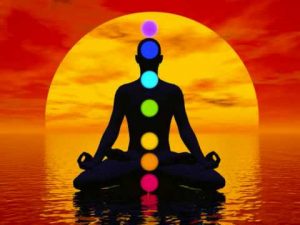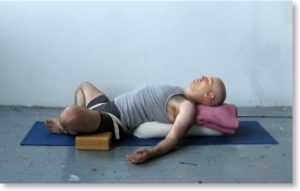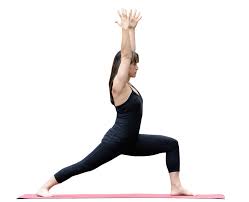Welcome back everyone! Hopefully everyone is gearing up for finals and ready to finish out the rest of the semester. For the final passion blog this semester and the last post of Yoga Yourself, I want to give a brief overview of yoga’s origin. Unfortunately, the exact origins of yoga are clouded in mystery because it was first only document from oral traditions onto parchment that had pieces become lost or damaged. While true age of the practice is unknown, it is estimated that the practice originated in ancient India possibly 10,000 years ago. The word “yoga” is Sanskirt and is a Hindu practice. From this point until now, the history of yoga has been split into four periods: Pre-Classical, Classical, Post-Classical, and Modern.
Pre-Classical Era of Yoga
At this time, yoga was just beginning to gain its foothold in literature. It was first seen in a collection of works called The Vedas and Upanishads which two of the foundation works of Hinduism. Vedic priest would use The Vedas to story their chants and songs to be used while practicing, similar to Christians’ Gospel. The Upanishads can be equated to the Bible. It had scriptures about the Hindu beliefs and stories. During this period, yoga was first formed and found its center focused on self-awareness as the means to bettering oneself.
Classical Era Yoga
During the classical era, the philosophical attributes that surround yoga were beginning to form. Yoga itself makes up one of the six total areas of philosophy in Hinduism. The most influential work from this time being Yoga Sutras of Patanjali. This is the work that describe the fundamentals of yoga’s philosophy. It was in this work that the eight limbs of yoga: Yama, Niyama, Asana, Pranayama, Pratyahara, Dharana, Dhyana, and Samadhi are first outline and discussed. If you haven’t read the post on this part of yoga take the time to check that at after this! (Click here and here)
Post-Classical Yoga
At this point, in the history of yoga, a few centuries had passed since many of the mainstream postures had been created. This is the period in which restorative yoga was created. For more information about this form of yoga check back to my previous blog post about restorative yoga posture. (Click here)
Modern Period of Yoga
Finally, this period of yoga was when it was vastly popularized in the West as yogis began traveling the world gaining followers. The pioneer of this was Swami Vivekananda who began traveling and giving lectures on the concept of yoga. After this, yoga schools began to pop up all over the West. Overall, it finished with the founding of Indra Devi’s school in Hollywood. As a note, Hatha Yoga was the form of yoga that was popularized during this time.
Hopefully everyone has enjoyed learning about yoga these past two semesters as much as I enjoyed sharing my passion with you. With the summer coming up, you will all definitely have the time to practice up on your yoga! Namaste!








